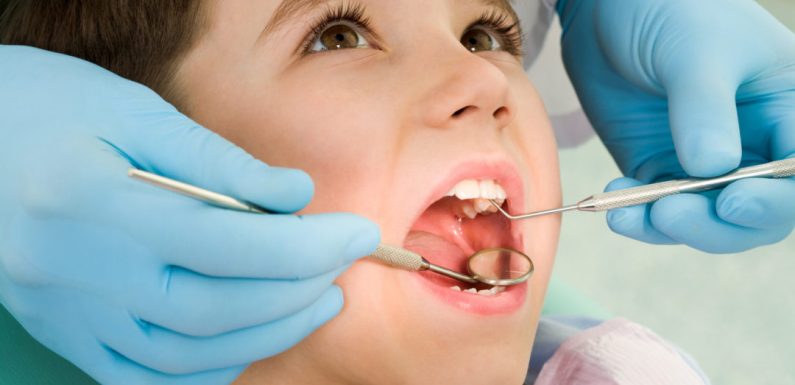
Significant technical improvements have occurred over time in the field of dentistry, improving the effectiveness, accuracy, and patient friendliness of dental care. Bristol dentist explains that the intraoral camera is one such breakthrough that has revolutionized the industry. We will delve into the intriguing world of intraoral cameras in this blog article by learning what they are, how they operate, and the amazing advantages they provide to both dental professionals and patients.
Intraoral camera: What is it?
An intraoral camera is a small handheld device with a small camera lens. The main objective is to take precise pictures of the patient’s oral structures, including their teeth, gums, and other oral tissues. The patient and dentist can view these photos when they are displayed on a computer screen.
How Do Intraoral Cameras Operate?
- Small Size, Big Impact: Intraoral cameras are portable and small, but they have a significant impact. They are powerful enough to take pictures of a high caliber while being small enough to be comfortably placed into the patient’s mouth.
- High-Quality Imaging: The camera has cutting-edge lighting and optics that guarantee sharp, well-lit images. To capture photographs from diverse angles, some cameras offer features such as autofocus and movable focus settings.
- Real-Time Display: In the treatment room, a monitor instantaneously shows the images captured by the intraoral camera. This enables the dentist to provide the patient with a visual tour of their mouth and clearly explain any problems or available treatments.
- Patient involvement: By allowing patients to view exactly what the dentist sees, they are better able to comprehend the state of their dental health and recommended courses of action. This openness promotes trust and gives patients the power to choose dental care based on their knowledge.
Intraoral Camera Benefits
- Improved Diagnosis: Intraoral cameras assist dentists in spotting dental problems at an early stage. More precise diagnoses may be made for illnesses, including cavities, gum disease, and tooth cracks, because of the ability to view and enlarge images.
- Patient education: Patients are able to observe the state of their dental health directly, which makes it simpler for them to understand the significance of the suggested treatments and preventive care.
- Insurance Claims: The process of filing insurance claims can be streamlined using clear visual documentation since insurers can more easily recognize the necessity of specific treatments.
- Treatment Planning: Intraoral pictures allow dentists to plan treatments more precisely, resulting in less invasive and more powerful operations.
Intraoral cameras have completely replaced the dentistry profession. They improve diagnostic skills, provide dentists and patients with useful information, and eventually result in better oral health outcomes. The future of dentistry appears more hopeful than ever as these technologies advance and become more widespread, offering better oral health and more positive dental experiences for everyone. Do not be shocked if you notice a small camera capturing the beauty of your smile the next time you are in your dentist’s chair.








